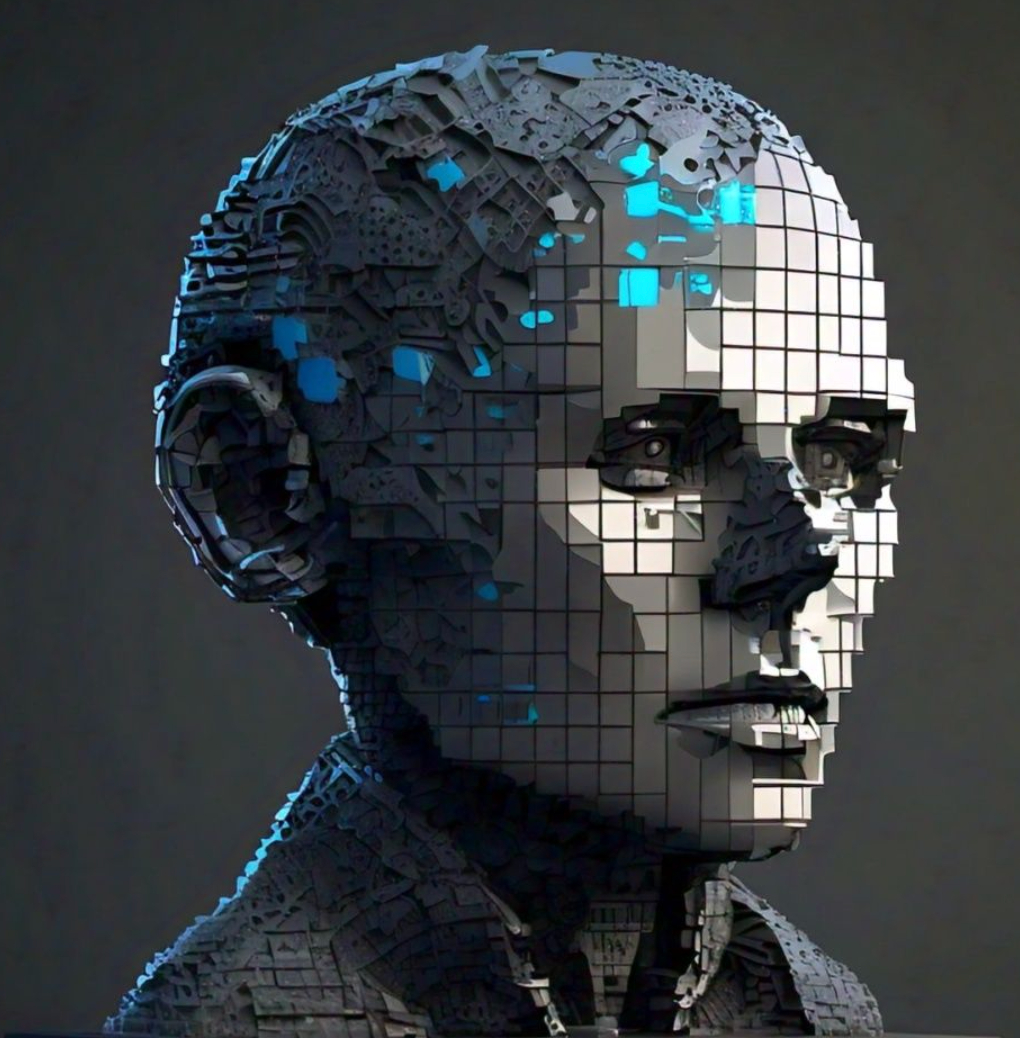Audio Presented by

AIthics illuminates the path forward, fostering responsible AI innovation, transparency, and accountability.
Story's Credibility

About Author
AIthics illuminates the path forward, fostering responsible AI innovation, transparency, and accountability.